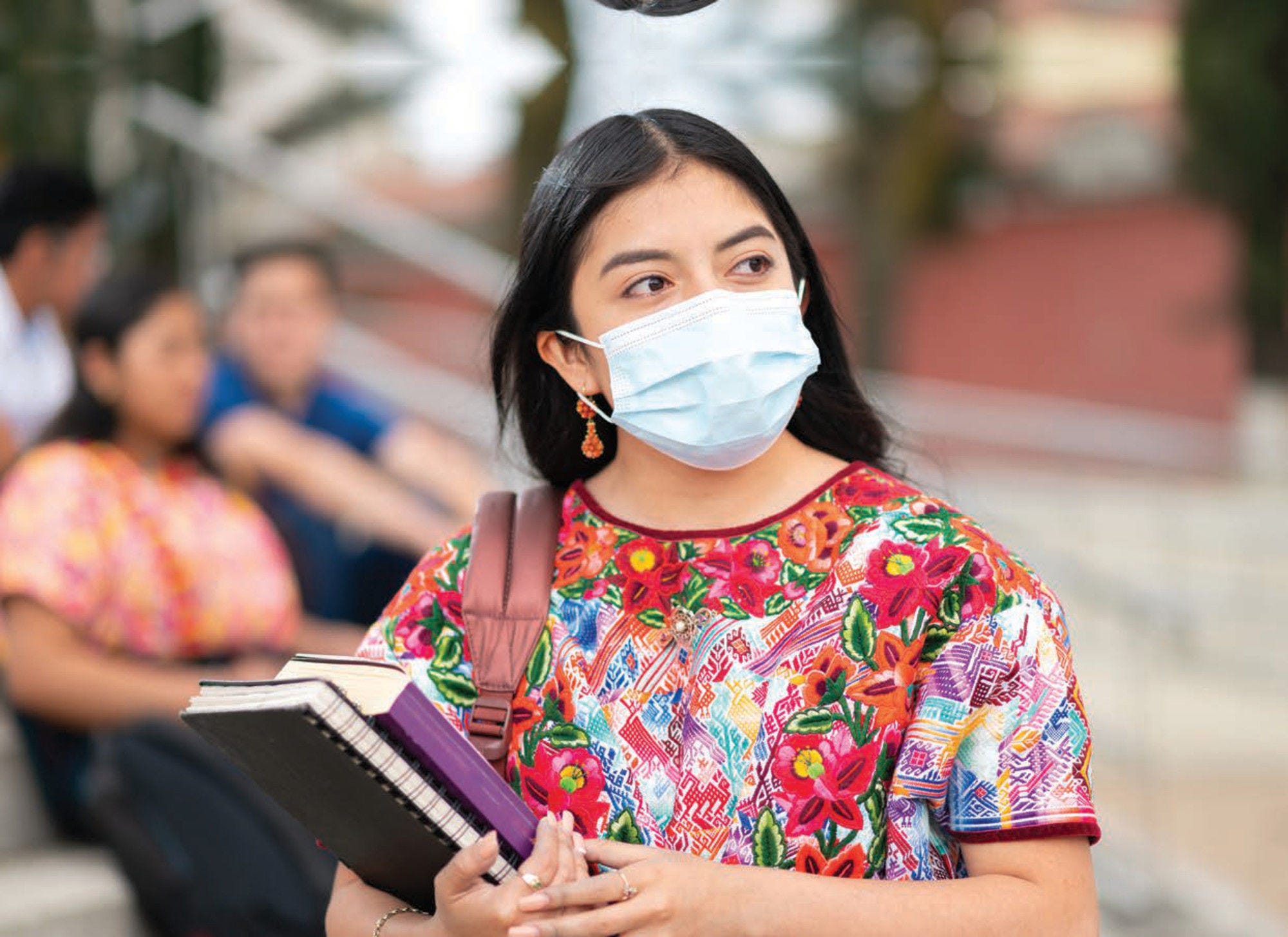Health system financing arrangements can be broadly classified according to their compulsory or voluntary nature. Countries that predominantly finance healthcare through government schemes provide care coverage to individuals based on their residency. In other cases, systems that are financed with compulsory health insurance schemes (either through public or private entities) linked to the payment of social contributions or health insurance premiums, provide care coverage based on affiliation. In addition to these, a varying proportion of healthcare spending consists of households’ out-of-pocket payments – either as standalone payments or as part of co-payment arrangements – as well as various forms of voluntary payment schemes such as voluntary health insurance. In the LAC region, substantial fragmentation in health systems often leads to coexisting financing schemes and in some cases, overlap. There is substantial heterogeneity in financing arrangements in LAC, where most standard models of public financing exist in the region (Lorenzoni et al., 2019[1]).
Figure 6.5 reports the expenditure financed by general government health expenditure (which includes government expenditure and funds linked to compulsory health insurance) as a share of GDP in 2019 and its trend in the 2010‑19 period. The countries with the highest share are Cuba (9.9%), Suriname (7.7%), Colombia (6.3%), and Uruguay (6.1%). The countries with the lowest share are Grenada and Haiti, with 2.1 and 0.6%, well below the LAC average of 4%. On average, between 2010 and 2019 the LAC region increased its share of public expenditure as a percentage of GDP by 0.57 percentage points. Suriname reported an increase of 5.5 percentage points in the period, whereas nine countries saw a decrease: Honduras (‑1.1), Barbados (‑0.85), Antigua and Barbuda (‑0.54), Costa Rica (‑0.53), Haiti (‑0.26), Mexico (‑0.2), El Salvador (‑0.15), Venezuela (‑0.12) and Grenada (‑0.05).
In the majority of LAC countries, general government health expenditure constituted the main source of funding in 2019 (regional average of 57%) (Figure 6.6). Cuba has the largest share with 89%, followed by Suriname with 80% and Colombia with 77%, the only three countries over 75%. On the other side, the lowest share was observed in Haiti (12.2%) and Guatemala (37.1%). On average, general government health expenditure as a share of current health expenditure grew by 4 percentage points in the LAC region between 2010 and 2019. This increase is influenced by Suriname, an outlier with an increase of 35 percentage points. Behind Suriname, the second largest increase was observed in Ecuador (16 percentage points), while reductions happened in 11 countries, led by Barbados (‑9) and Honduras (‑6).
Several factors including, among others, the type of system in place, the fiscal space, and the policy and political priority of the health sector determines the size of public funds allocated to health. Relative budget priorities may also shift from year to year as a result of political decision-making and economic effects. In 2019, general government health expenditure as a share of total government expenditure stood at 14% in LAC, while it was 15% in OECD countries (Figure 6.7). In Costa Rica, Panama, and Uruguay more than 20% of public spending was dedicated to healthcare. On the other hand, six Caribbean countries allocated less than 10% of government expenditure to health (Saint Vincent and the Grenadines, Grenada, Saint Lucia, Dominica, Saint Kitts and Nevis, and Haiti). In the 2010‑19 period, public health expenditure as a share of government expenditure increased the most in Suriname (6.3 percentage points), while it decreased the most in Costa Rica (‑7.6 percentage points). At the same time, Costa Rica is the country with the highest share of government expenditure allocated to health in the region in 2019 (24.1%).



